
monografías
eltiempoentuojete
Climate and Legends: The Rain Machine
At the end of the 1930s, a man claimed that he could make it rain anywhere, even when it was desert.
Although several public demonstrations endorsed it, the scientific community treated it as a fraud. His name was Juan Baigorri Velar.
"Its" story
According to himself, he was born in Concepción del Uruguay, Argentina, in 1891. He was the son of an army colonel, who raised him in an atmosphere of iron discipline.
He studied at the prestigious Colegio Nacional de Buenos Aires, from where he left for Italy, where he graduated in Petroleum Engineering. Called by the general and engineer Mosconi, head of the incipient Argentine public oil company, YPF (Yacimientos Petrolíferos Fiscales). Later he studied Geophysical Engineering at the University of Milan. Married to María Arminda Saccardo in 1922 and with only one son, William Francisco.
But the reality, based on a study by Diego Huberman, is that he was born in 1892 in San José.
There is no evidence that he studied at the National College or in Italy. Furthermore, when he married in 1922, he lied that he was single when he had previously married Camila Maquieira, a Spaniard to whom he made three children without ever seeing him again in front. There is no record of her work for YPF either, nor are there any records. It is also unknown the nature of his travels and the way he earned his living.
He appears from among the shadows in 1938, when he announces that he has a machine that can make it rain. The scientific community and part of the Argentine people called him a swindler. But that was another issue that could not be certified either.
He enjoyed running around
It is known that he was a restless countryman who began to manufacture his own equipment, always in the field of prospecting for mines and oilfields.
He told that it was in Bolivia, in the altiplano, where he tested his own apparatus for searching for minerals and realized that, shortly after turning it on, a fine rain was beginning.
Baigorri was angry because his apparatus did not work under the rain, but he saw how the young people of the region hired for the work were happy. It was an area where they had been dry for more than eight years. He realized that his device was making a job other than the search for minerals. It could create “electromagnetic congestions” from the irradiations of the machine.
The apparatus was composed by a box of approximately 40 x 40 cms., an electric battery, a combination of 5 radioactive metals and chemical substances, and two antennas, with positive and negative pole, in charge of directing the emissions.
Raining fame
In 1938 it deployed the project before the manager of the Argentine Central Railroad. The company called the head of Fomento Rural, to accompany him and generate a report. Baigorri only asked for transportation to the arid zones and the necessary logistics.
On November 11, Los Milagros arrived at Colonia Los Milagros and prepared the equipment. Eight hours later a storm broke out, but it left little precipitation. Baigorri alluded to technical problems and promised to build a more powerful one.
On December 22, he traveled to Santiago de El Estero. At 55 hours of operation, a downpour originated. By what they say gave more power and came to collect 55 l/m2. After that, he had a meeting with the Minister of Agriculture.
Interview with The Times and offers from the United States, rejected for patriotism. Arrival in Buenos Aires where he was taken in rallies to the facilities of the Railroad.
Controversial
But he also made enemies. That kind of news compromised the scientific community. And Alfredo Galmarini was the director of the National Meteorological Service.
Juan Baigorri did not delay in his answer:
And to burn the meteorologist even more, he sent him an umbrella with a note that said:
During the previous days the newspapers ironically reflected the struggle between science and speculation, taking part in one and the other and generating debate in the population.
President Ortiz gave the New Year’s speech and the next day the clouds began to appear. On the eve of the big day he went up to the laboratory, looked at the sky and almost tasted victory. He woke up at 5 a.m. with the roar of rain on the roof.
Rain machine or fraud?
The offers continued, but he said he was the only one who could handle the apparatus. The scientific community continued to criticize the procedure and ended up undermining the credibility of Baigorri, who withdrew from the public scene, not before going to Carhué, where the drought left Lake Epecué empty. On February 7 and 8, two storms broke out, causing the lake to overflow due to the amount of precipitation. Then it disappeared.
Until in 1951 the Minister of Technical Affairs, Raul Mendé, called him to put the rain machine back into operation. In 1952 he caused rain in Caucete, which had been dry for eight years. Not only did it rain in Córdoba, but a tornado broke out. It got out of hand…
In the Pampa it rained for children who had never known rain. But the resounding refusal to reveal the functioning of the apparatus installed reticence in Perón’s government and finally they stopped calling him.
That ended up confining Baigorri definitively. Even so, in 1970 he went with his rain machine to the Río Negro basin, in Uruguay. After several days the rain did not appear and the Uruguayan government refused to pay him, so the engineer put them in court.
Unanswered questions
He died almost destitute on 24 March 1972, the eve of World Meteorological Day. It rained at his funeral, of course.
Nothing is known about the whereabouts of the miraculous machine.
Was Juan Baigorri’s rain machine really working, were they chance or was it just a scammer?
In an interview with Galmarini, his worst enemy, he admits he may have been lucky. Other scientists link the device to a rudimentary weather radar. It works by sending electromagnetic waves into the atmosphere, which collects its echo and determines the amount of water particles, their speed, etc…
Then we could suppose that what Baigorri was doing was sending waves into the atmosphere and somehow receiving readings of when rain could arrive.
In other words, he could predict the rain, but not create it.
Sources:








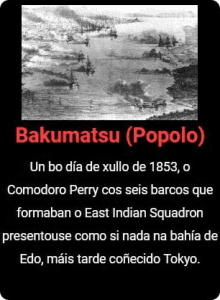






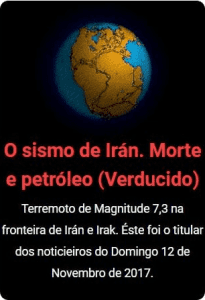

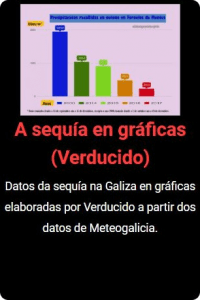
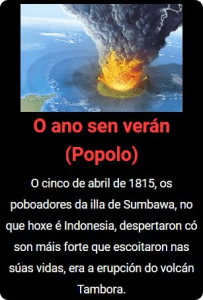
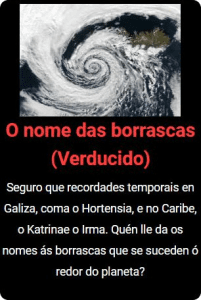
Just a remark: Baigorri was born in Concepcion del Uruguay. It is an argentinian city, he wasn’t born in Uruguay (an independent Republic just a river across Argentina.
You are absolutely right. The error will be corrected shortly. Thank you for the correction and for reading the article.
Regards.